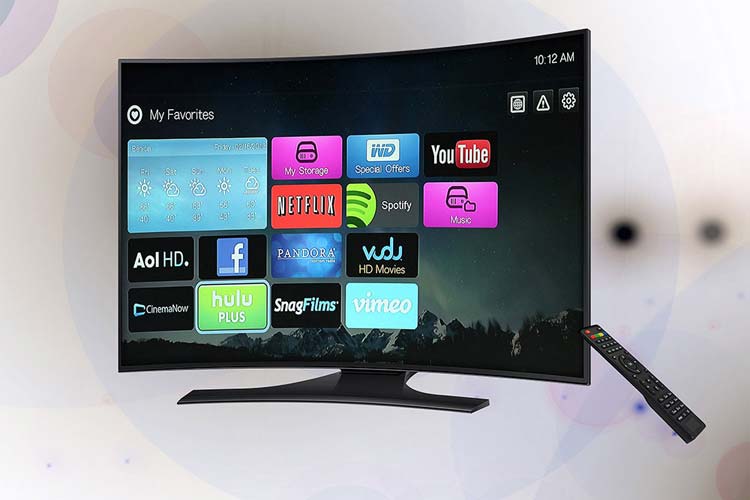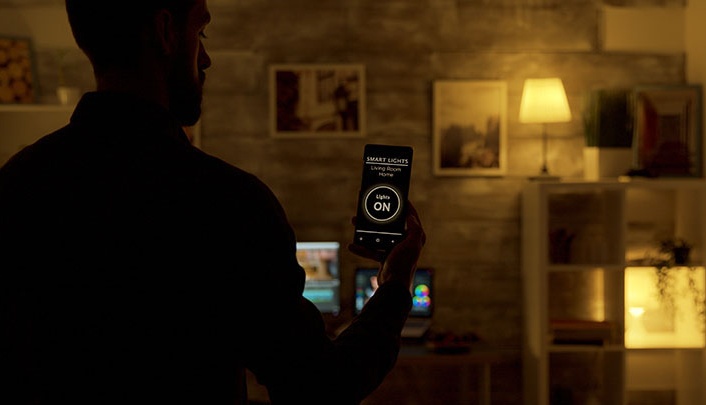The concept of home entertainment has expanded dramatically beyond the traditional television experience.
While TVs were once the central focus for at-home leisure and relaxation, rapid technological innovation has opened up new possibilities for how we are entertained in our living spaces. From video game consoles offering stunningly realistic graphical worlds to explore, to portable tablets and phones providing endless on-demand content, entertainment now encompasses far more than just what’s shown on the tube.
Even television viewing itself has evolved thanks to streaming services, web-connected smart TVs, and virtual reality programming. The lines between informational, interactive, and immersive experiences have blurred. The home entertainment landscape now features expanded opportunities for multi-sensory stimulation, active engagement, and social connectivity.
As emerging technologies like cloud gaming, holographic displays, and AI-driven recommendation engines continue to mature, it’s an exciting time to reimagine what home entertainment could become. The potential to be educated, inspired, connected, and transported without ever leaving one’s living room looms closer than ever. So, does modern home entertainment go beyond just watching TV? Decidedly so. Let’s glimpse the myriad of possibilities.
The Streaming Content Revolution
A half-century ago, viewers’ programming options included a handful of over-the-air broadcast channels airing whatever shows happened to play in the schedule. The introduction of cable expanded access from dozens to hundreds of channels. However, outside of recording shows via VHS or DVR, convenience remained limited for the most part. Cue the streaming revolution!
Pioneered by the likes of Netflix, massive digital libraries with thousands of programs across every genre now live at our fingertips ready to play instantly. Documentaries to binge-worthy dramas. Throwback sitcoms to award-winning foreign cinema. Streaming opened a world of niches while machine learning algorithms help personal tastes through customized recommendations.
This democratization of entertainment untethered viewers from the bounds of traditional programming – watching whatever we want, whenever we want, wherever we want across devices. Streaming capabilities breaking content free from cables or discs ended appointment viewing while enabling more flexibility in “grazing” amidst busy lives.
Expanding Interactive Experiences
While streaming may have freed TV shows and movies from strict scheduling, the experience itself still skews largely passive. This is where interactive entertainment options like video gaming consoles and virtual reality take engagement up several levels.
Multiplayer networked titles allow connecting with friends and players worldwide for cooperative or competitive quests with screen sharing amplifying the social experience. For deeply immersive worlds, virtual reality (VR) devices now also enable stepping inside stunning lifelike 360 environments as active characters instead of just watching stories unfold.
Advancements across display technologies, computing power, and wireless accessories continue pushing interactive experiences further. Cloud-based services remove local storage limitations opening expansive digital universes to explore while connected platforms enable discovering new content and online communities tailored around specific interests.
The automated assistants and device networking underlying the larger smart home ecosystem also steadily integrate for unified control of home theaters, gaming setups, VR gear, and more. Voice commands switch inputs, launch apps, and adjust lighting – all contextually optimizing entertainment sessions hands-free.
Staying Social from the Couch
Despite having more entertainment choices than ever, technology also enables connections so we can share experiences even when apart. Watch parties allow synchronizing streaming content with friends to react together in real-time despite physical distances through connected group messaging and video chat.
Split-screen gaming places players side-by-side on the same screen while online multiplayer builds camaraderie through communication tools like built-in headsets. And sharing screenshots or streaming gameplay introduces gaming worlds to those without consoles.
Integrations with social media likewise enable spreading the word on shows to check out, or gaming achievements unlocked. Hashtag discussions and digital communities spring up around popular entertainment properties like Stranger Things or Fortnite cultivated by fans. Through digital channels, entertainment transforms from an isolated affair to a catalyst for connections.
Maintaining Balance in the Age of Endless Entertainment
The exponential growth in home entertainment options unlocked by technology proves accompanied by its own set of modern challenges. Having unlimited on-demand programs available leads many viewers into choice paralysis struggling to select what to watch as scrolling through choices inhumes time otherwise meant for relaxation. Finding healthy limits also grows difficult with one more episodic cliffhanger baiting midnight binges night after night.
On the gaming front, concerns around screen addiction and exposure to violent content enter important discussions for parents balancing high-tech playtime. Physical fitness trade-offs also require consideration as energy once spent on sports now redirects toward raids with online alliances for some.
As with all lifestyle shifts, maintaining equilibrium poses important self-care work for individuals. But communities, creators, and platforms likewise bear responsibility for enabling positive habits. Offering parental control and time management tools helps.
Content ratings empower informed decisions while creators consciously promote healthy messaging through their work. Since home entertainment left the domain of physically flipping channels, mindfulness around improving digital well-being has entered essential discourse that will further shape the industry’s trajectory.
Entertainment Reimagined
The home entertainment landscape expanded dramatically from the heyday of broadcast’s big three networks. Hundreds of channels redefined choice. Millions of on-demand programs provide flexibility. Immersive technology enabled interactivity. Pervasive connectivity added social sharing.
Entertainment continues its technological evolution transforming television sets increasingly into interconnected smart displays linking users with expansive digital experiences while opening interactive worlds to play within. As the metaverse blends digital and physical spaces further, our very notions of reality float toward recalibration. Where these exponential adoptions lead remains anyone’s guess. But the ride into hitherto unexplored territories of home entertainment innovation offers plenty of thrills in itself!




